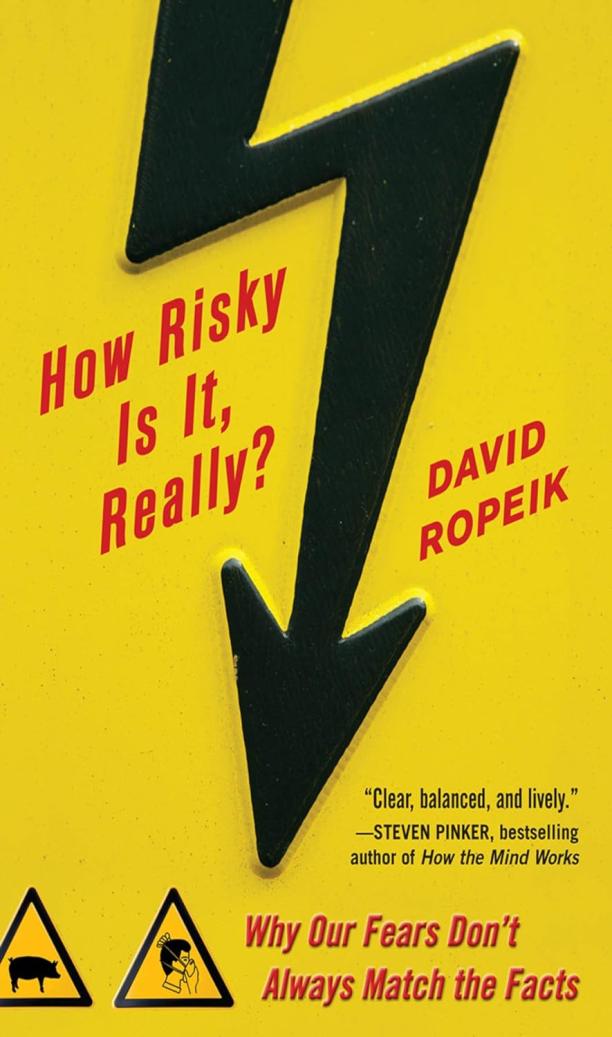Summary:
The book explores the psychological factors that lead people to misjudge the true risks of various situations and threats, often influenced by emotions, instincts, and social dynamics. It delves into the science of risk perception and offers insights on how to make better-informed decisions in the face of uncertainty.
Key points:
1. Perception Gap: Ropeik notes that people often misjudge risks due to psychological and cultural influences, fearing unlikely dangers while ignoring more probable ones.
Books similar to "How Risky Is It, Really?":
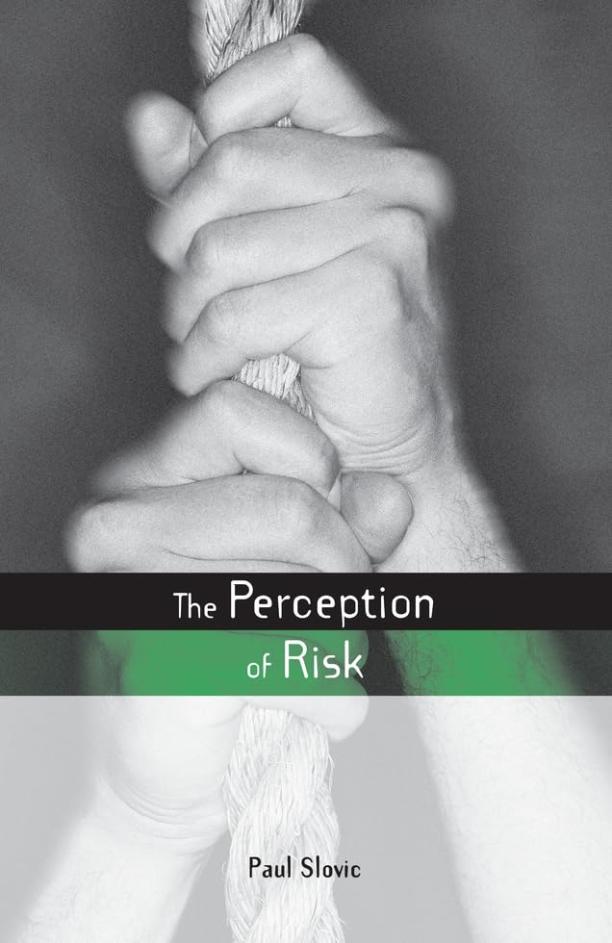
The Perception of Risk
Paul Slovic
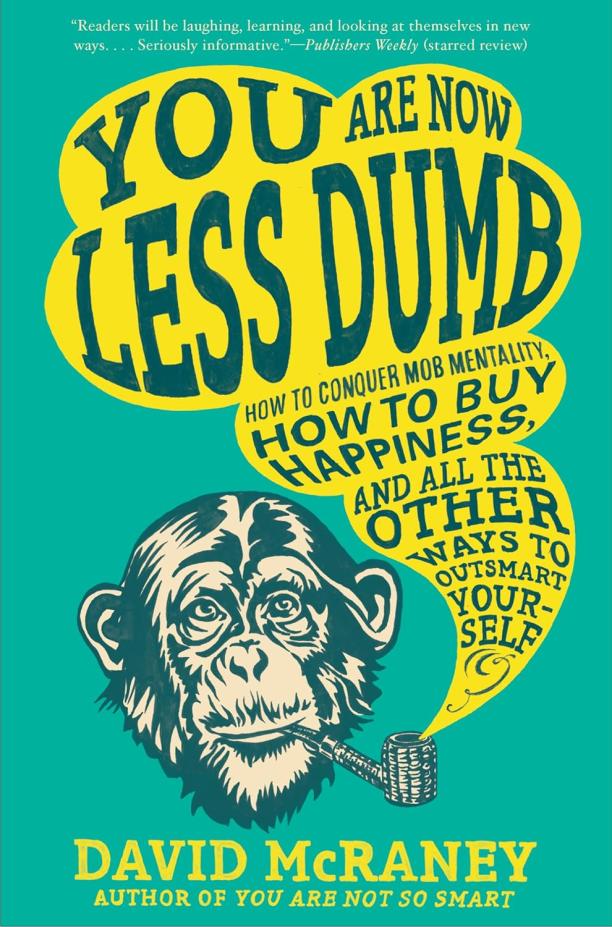
You Are Now Less Dumb
David McRaney

Mobs, Messiahs, and Markets
William Bonner|Lila Rajiva
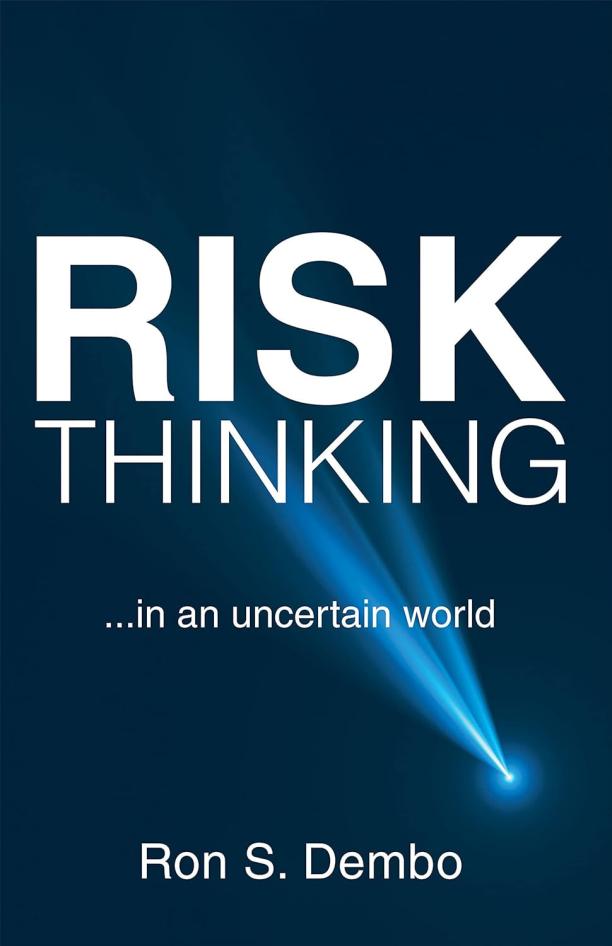
Risk Thinking
Ron S. Dembo
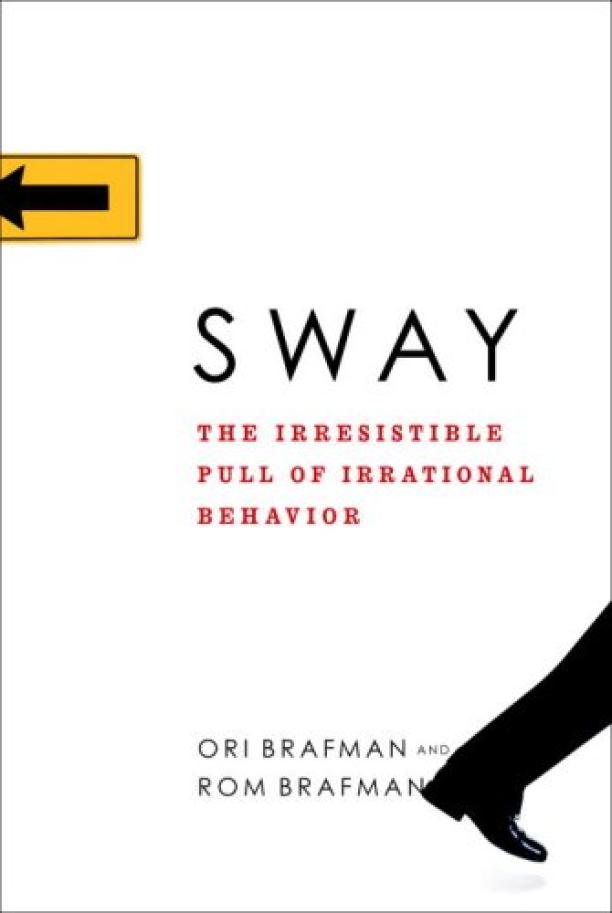
Sway
Ori Brafman|Rom Brafman
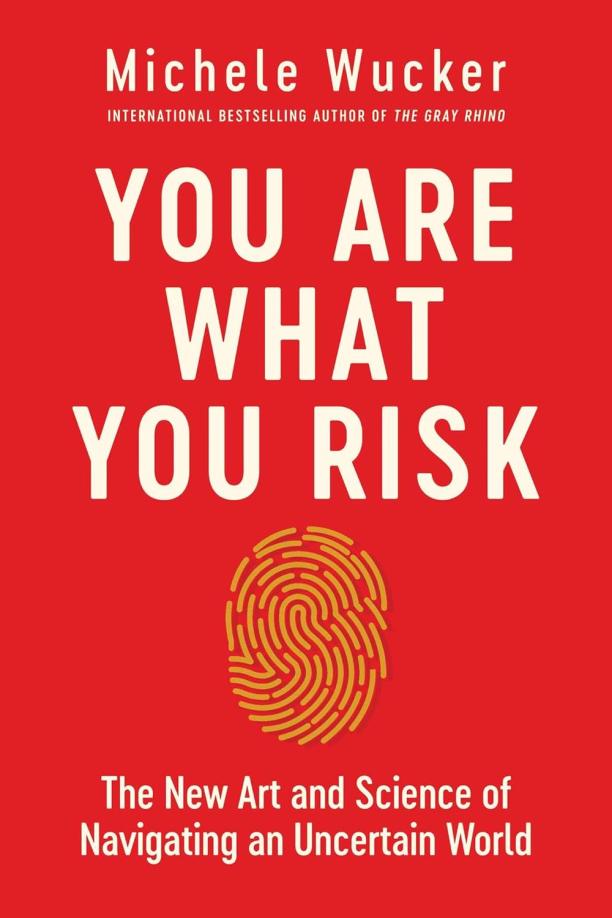
You Are What You Risk
Michele Wucker
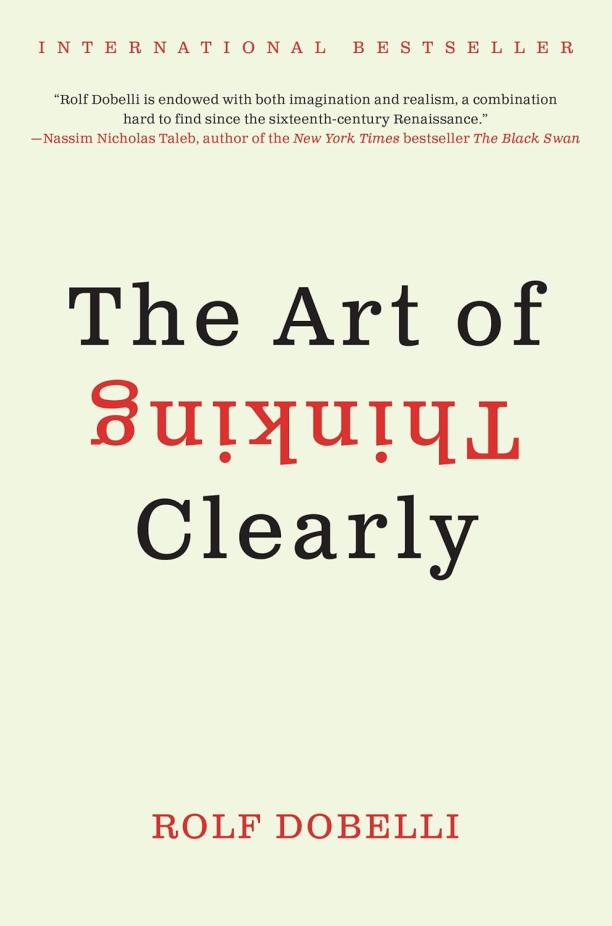
The Art of Thinking Clearly
Rolf Dobelli

You Are Not So Smart
David McRaney
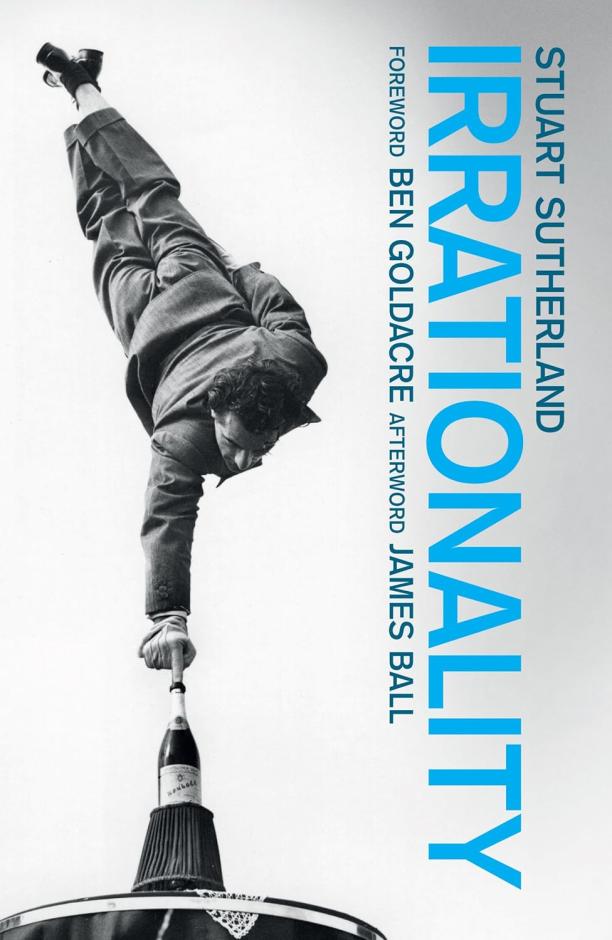
Irrationality
Stuart Sutherland
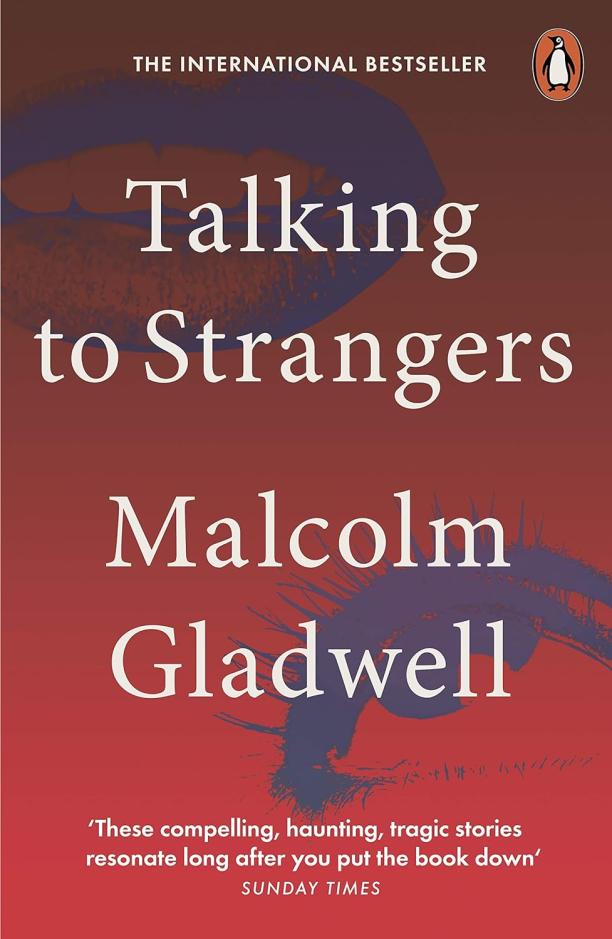
Talking to Strangers
Malcolm Gladwell
